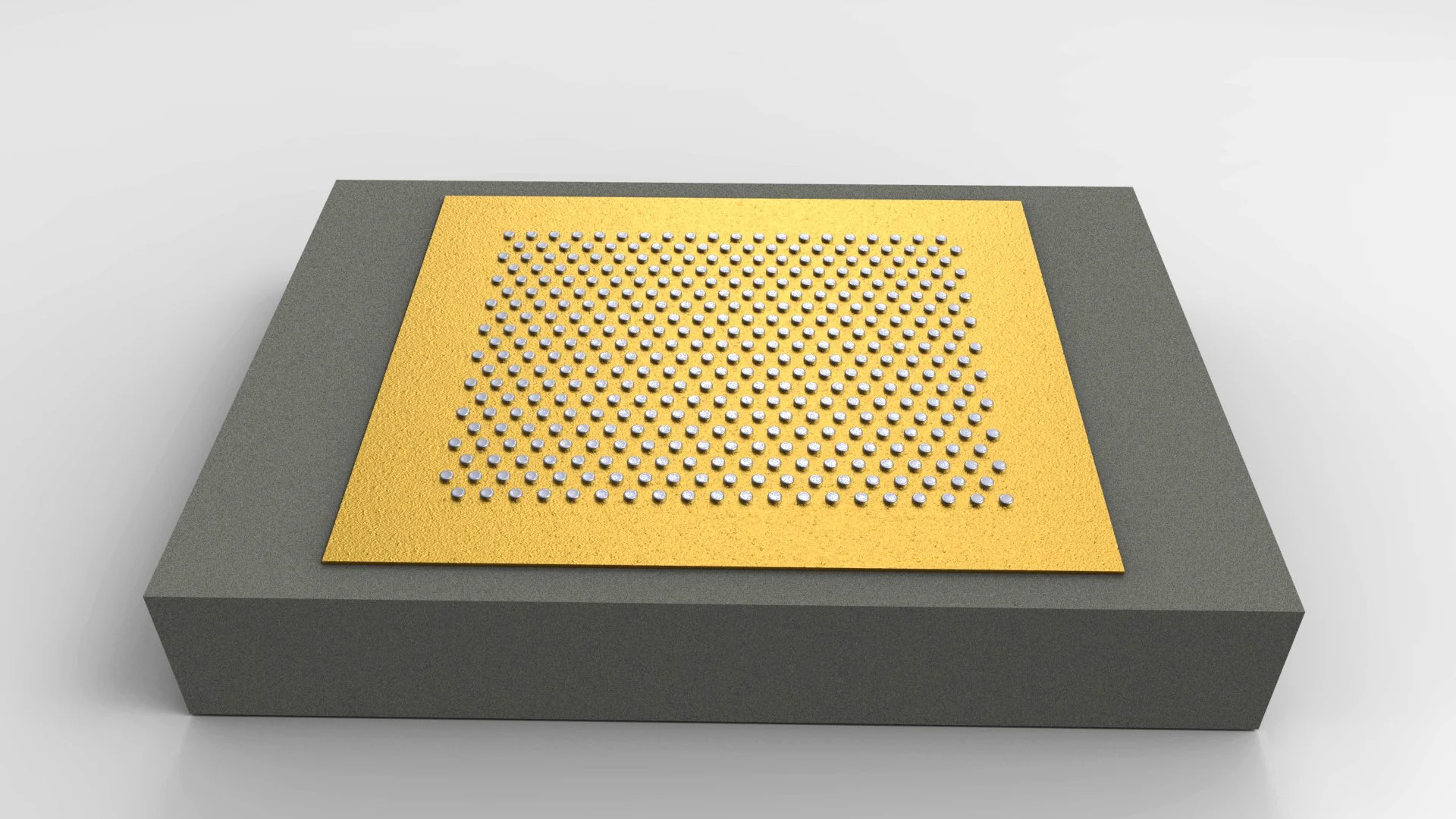The Rise of VCSEL Laser Arrays: Transforming Communication and Sensing
VCSEL Laser Array: Technology, Applications & Market Overview
What is a VCSEL Laser Array?
A VCSEL (Vertical-Cavity Surface-Emitting Laser) array integrates multiple individual VCSEL emitters into a single compact device. Unlike traditional edge-emitting lasers, VCSELs emit light perpendicularly from the semiconductor surface, resulting in higher efficiency, improved thermal performance, and easier integration into various optical systems. This design allows for greater power output, enhanced beam quality, and scalable solutions suited for high-volume manufacturing.
How Does a VCSEL Laser Array Work?
VCSEL laser arrays operate based on the principle of stimulated emission. When an electric current is applied to the semiconductor layers, electrons become excited and release photons at a specific wavelength. The laser cavity—formed by distributed Bragg reflector (DBR) mirrors—ensures light is emitted coherently and vertically from the surface. This controlled emission allows VCSEL arrays to deliver precise, reliable performance in applications requiring accurate sensing, high-speed communication, or detailed imaging.
The Evolution of VCSEL Technology
VCSEL technology originated in the 1970s, with significant commercial advancements emerging in the 1990s. Initially used in fiber-optic communications, VCSELs have since expanded into sensing, imaging, consumer electronics, automotive, and medical devices. Ongoing innovations in materials and wafer-level processing continue to improve their efficiency, power density, and application range.
Applications of VCSEL Laser Arrays
Communications
VCSEL laser arrays play a vital role in high-speed data transmission systems. They are widely used in fiber-optic communications, data centers, and optical interconnects for 5G and IoT devices. Their ability to transmit data at multi-gigabit speeds with low power consumption makes them ideal for modern telecommunication infrastructures.
Sensing and Imaging
VCSEL arrays are essential in LiDAR systems for autonomous vehicles, drones, and industrial automation. They provide precise depth sensing, object recognition, and 3D mapping capabilities due to their excellent beam quality and wavelength stability. They are also used in biomedical devices for non-invasive imaging and diagnostics, benefiting from their compact size and accurate light projection.
Consumer Electronics
From facial recognition in smartphones to gesture sensing in AR/VR devices, VCSEL laser arrays enable advanced features in everyday electronics with high reliability and low power demands.
Advantages of VCSEL Laser Arrays
High-speed data transmission 🌐
Superior beam quality and accuracy 🎯
Energy efficiency and thermal stability 🔋
Compact form factor and scalable design 📐
Compatibility with CMOS manufacturing processes ⚙️
Challenges and Considerations
While VCSEL arrays offer numerous benefits, thermal management remains critical to maintaining performance and longevity. Cost considerations also play a role in large-scale deployments, though advances in mass production are steadily improving affordability.
Recent Developments and Market Trends
Innovations in epitaxial growth, patterning techniques, and packaging continue to enhance the performance of VCSEL laser arrays. Integration with AI-driven systems, augmented reality, and autonomous machinery is opening new frontiers. The global VCSEL market is expanding rapidly, with growing demand across telecommunications, automotive LiDAR, medical technology, and smart devices.
Choose Ace Photonics for Custom VCSEL Laser Arrays
At Ace Photonics, we specialize in the design and manufacture of high-performance VCSEL laser arrays tailored to specific application needs. Our products serve industries ranging from automotive and medical to consumer electronics and communications. We offer customized solutions, R&D support, and volume production to meet evolving market requirements.



